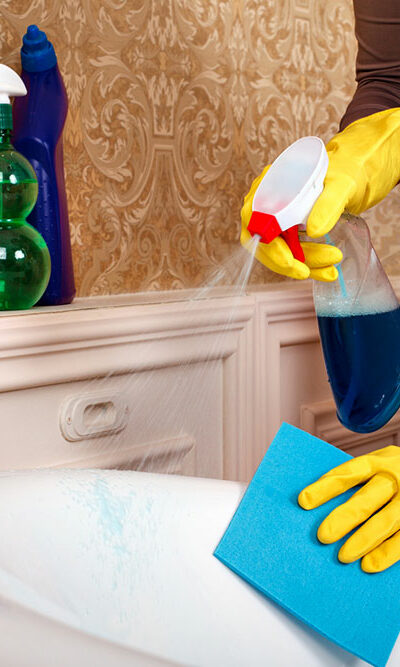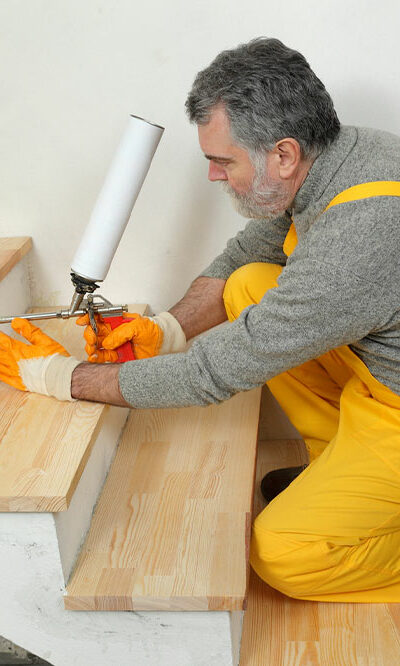
13 common bathroom cleaning mistakes to avoid
Cleaning the bathroom is an arduous chore most people would rather avoid. Yet, it’s necessary to maintain a hygienic and pleasant living environment. Unfortunately, many people make mistakes when washing the bathroom. These mistakes complicate the job and even reduce cleaning efficiency, increasing the risk of spreading infections and diseases. This comprehensive guide lists these common mistakes and provides a few practical solutions to avoid repeating them in the future. Neglecting regular cleaning Maintaining good hygiene is a continuous task, especially when multiple family members share a washroom. These areas accumulate dirt, grime, and bacteria quickly with repeated use. Failing to sanitize them regularly allows common contaminants to build up, making cleaning more challenging in the long run. The best solution is to follow a cleaning schedule and tackle bathroom cleaning at least once a week. Not ventilating properly Bathrooms should have proper ventilation to prevent gases and odors from accumulating when one uses the facility. Improper ventilation can lead to the growth of mold and mildew, pathogens that thrive in unclean, humid environments. The spores released by these tiny organisms can harm one’s health. Persistent growth can also leave the bathroom surfaces discolored. One should switch on the bathroom fan or open a window after using the facility to prevent moisture and gases from accumulating. It’s also a good idea to leave the bathroom door open briefly to air out the space. Using harsh chemicals Bathroom tiles and fittings are made with materials that are not very resistant to harsh cleaning compounds. While it’s essential to use cleaning products to maintain hygiene, harsh solutions can erode surfaces and release fumes that pose health risks. Common mistakes include using bleach on colored grout or mixing different cleaning products. It’s better to opt for a mild, eco-friendly cleaner that is safe for regular use.






